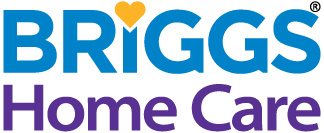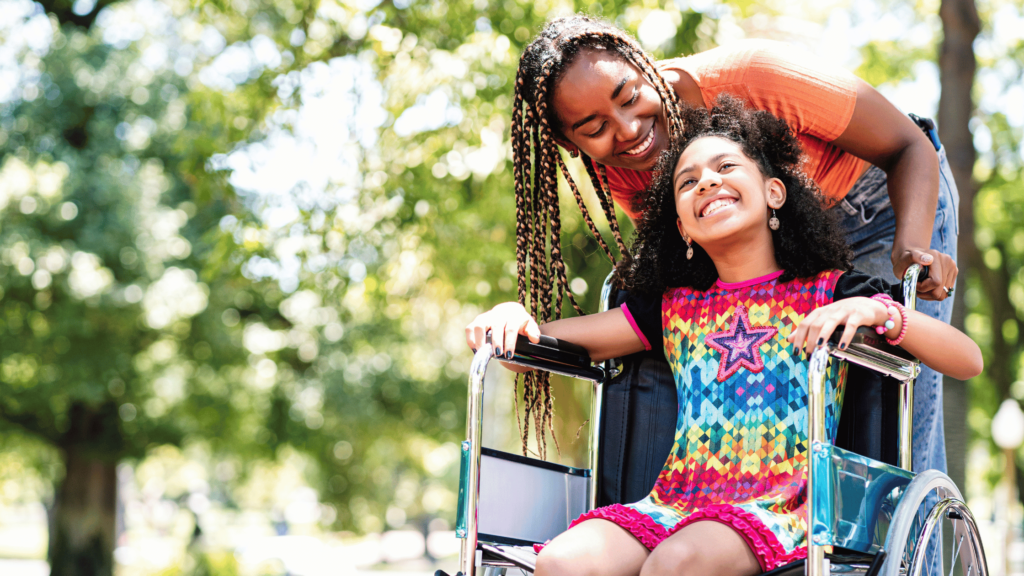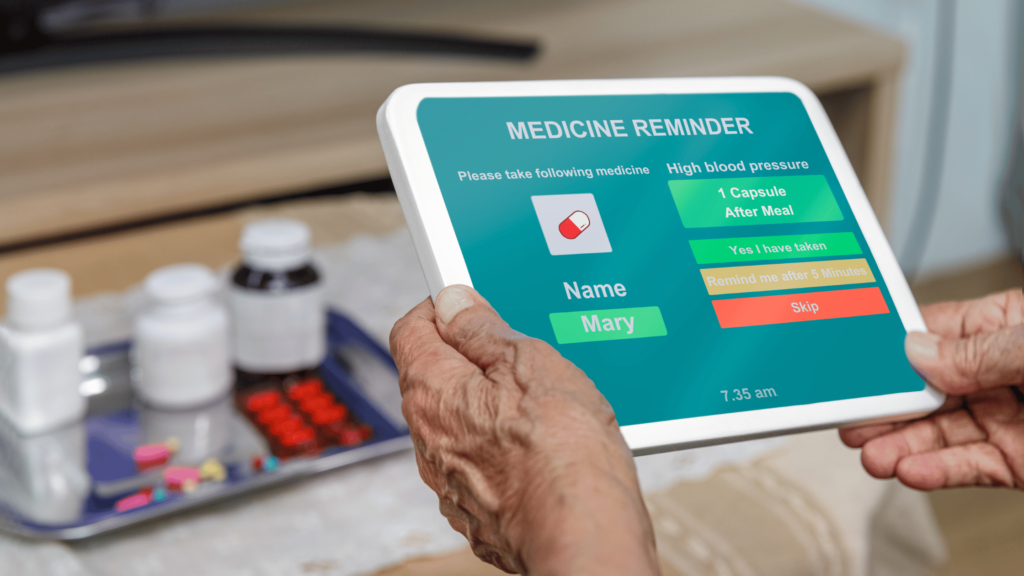The Coronavirus pandemic of 2020 has changed life for all of us and in many ways. And the Home Care industry is evolving in ways no one would have expected. Three months ago, caregivers were normal people who went to work just like everyone else. Today, they are essential employees, helping the people who need it the most … the elderly. As a result, home care as an industry had to adapt. Our charge has always been to keep our clients safe in their homes, but the methods we use to do that are vastly different.
From Basic Hygiene to PPE
Basic hygiene and following standard precautions has been the foundation of caring for people – wash your hands for 20 seconds, wear gloves when working around bodily fluids, cover your mouth when you cough/sneeze, etc. But in a pandemic that is not enough. The new baseline is to wear Personal Protective Equipment (PPE) at all times. Caregivers are now required to wear masks, even when working with healthy clients, for everyone’s safety. For caregivers working with COVID–19 patients, they now wear a combination of N95 respirator masks, gowns, eye protection or face shields.
Traditional Home Care and New Options
The demand for home care has skyrocketed as families worry about moving their loved one into a residential community. The concerns are not just about safety in these communities. They worry about the negative impacts of social isolation. Studies have shown that people who isolate and are deprived of social interaction decline much faster than those who don’t. Home care provides the social interaction that people need to thrive while keeping them safe. To reduce the risk of exposure, many clients are asking for fewer caregivers and longer shifts, and home care agencies are complying with these requests. And for people who are immuno-compromised or cannot risk exposure, Tele Home Care is becoming more popular. Instead of sending a caregiver into the home, check–ins and medication reminders are performed over the phone. Caregivers still run errands, grocery shop and pick up prescriptions and bring the items to the house without going inside.
Caregiver New Normal
Caregivers are already living a “new normal”. Before each shift they verify that they are not experiencing any symptoms, are not running a fever and have not been around anyone who is sick (other than their clients, of course). This means while other people are beginning to enjoy going to dinner or small gatherings, caregivers are still social isolating, staying “safer at home,” and making sacrifices for the safety and health of their clients.
Home Care on the front lines
According to the Home Care Association of America, 9 out of 10 Americans age 65 and older want to stay at home for as long as possible. As our world is changing, the role of the caregiver is evolving. Caregivers continue to provide invaluable services that keep clients safe including companionship, assistance with personal care, medication reminders, and meal preparation to name a few. And now those same caregivers are the eyes and ears of medical professionals, providing valuable insight and information as our health system becomes more “tele-medicine” based. In short, Home Care is continuing to rise as a respected, vital part of our overall healthcare system and the Briggs Home Care family of agencies are rising to the challenge.






